Computational Modeling of Cognition
My primary research interests involve compuational modeling of human cognition, broadly defined. Along with more traditional symbolic modeling, I use a variety of methods ranging from simple Markov models, neurally-plausible computation, and agent-based modeling to understand the structure and function of cognition.
Vigilance, Attention, and Human Performance
Humans display a remarkable ability to sustain their attention to seemingly-mundane tasks for long periods of time. Our research explores questions of how best to measure performance during long vigils and how the complex interplay between executive control, fatigue, and motivation can be captured in simple cognitive models. Our research demonstrates that shifts between states of alertness and rest are governed by simple statistical mechanics and that the equations that govern these traversals are strongly correlated with gamma and beta bands in EEG, reflecting tradeoffs between top-down and bottom-up control.
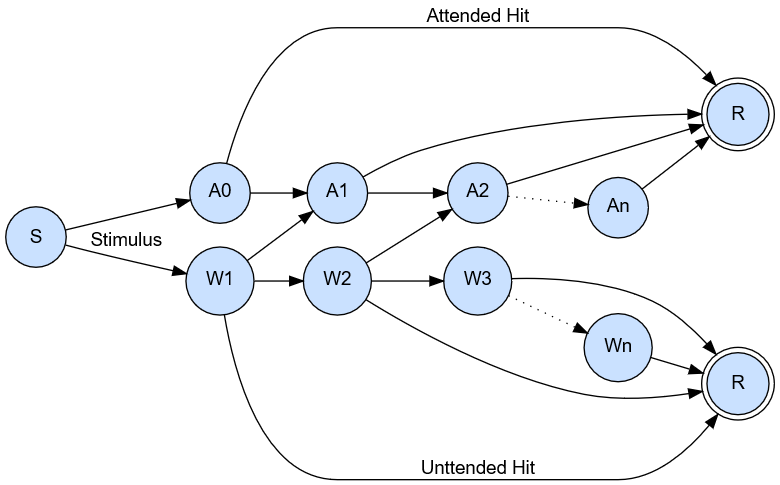

Relevant Work
- Borghetti, L., Curley, T., Rhodes, L. J., Morris, M., & Veksler, B. (2024). Hybrid framework of fatigue: Connecting motivational control and computational moderators to gamma oscillations. Frontiers in Neuroergonomics, 5, 1375913. doi:10.3389/fnrgo.2024.1375913.
- Curley, T., Borghetti, L., & Morris, M. (November, 2022). Local mental effort vs. global compensation: Perspectives from a neurocognitive model of vigilant attention. Presentation at the 3rd Workshop on Mental Effort at Brown University.
- Curley, T. & Morris, M. (July, 2022). Modeling short-term fatigue decrements in the successive/simultaneous discrimination task. In T. C. Stewart (Ed.), Proceedings of the 20th Annual Meeting of the International Conference on Cognitive Modeling (ICCM). 59–64.
Biologically-plausible Models of Cognition
An important shift in cognitive research is the extension of traditional symbolic cognitive architectures to those with biological plausibility. Using Leabra, we have simulated important perceptual processes, such as opponent processes in color vision, that are not typically represented in most cognitive models. Such models are dually capable: They are able to replicate overt behaviors (e.g., response times) while also simulating the neural dynamics that underlie complex cognition.
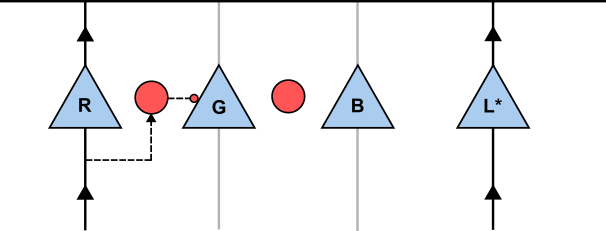
Relevant Work
- Curley, T., Hough, A., Ellis, S., & Meyer, F. (June 2024). Guided attention in biologically-plausible neural networks. Flash talk at the Virtual Joint Meeting of the Society for Mathematical Psychology and the International Conference on Cognitive Modeling (VMP/ICCM).
Normative Category Typicality
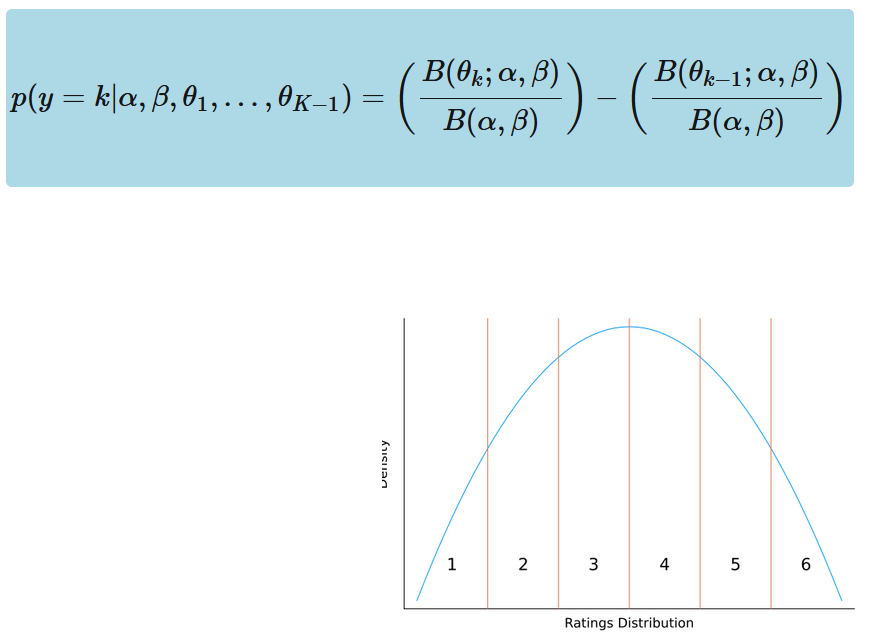
Relevant Work
- Castro, N., Curley, T., & Hertzog, C. (2020). Category norms with a cross-sectional sample of adults in the United States: Consideration of cohort, age, and historical effects on semantic categories. Behavior Research Methods, 53, 898–917. doi:10.3758/s13428-020-01454-9.
- Curley, T. (June, 2023). Bayesian estimation of category typicality using ordered probit models. Presentation at the Virtual Meeting of the Society for Mathematical Psychology (VMP).
Social Systems
Cognitive architectures (CAs) have been instrumental in integrating a wide range of findings in cognitive science into unified theories of cognition. However, much less effort has been devoted to applying CAs to social phenomena, despite the high interdependence between cognitive and social processes in real-world scenarios (e.g., Ecker et al., 2022). We are in the process of investigating the intersections between human cognition and information/misinformation spread, including integrated social sampling theory (SST; Brown et al., 2022) and ACT-R.
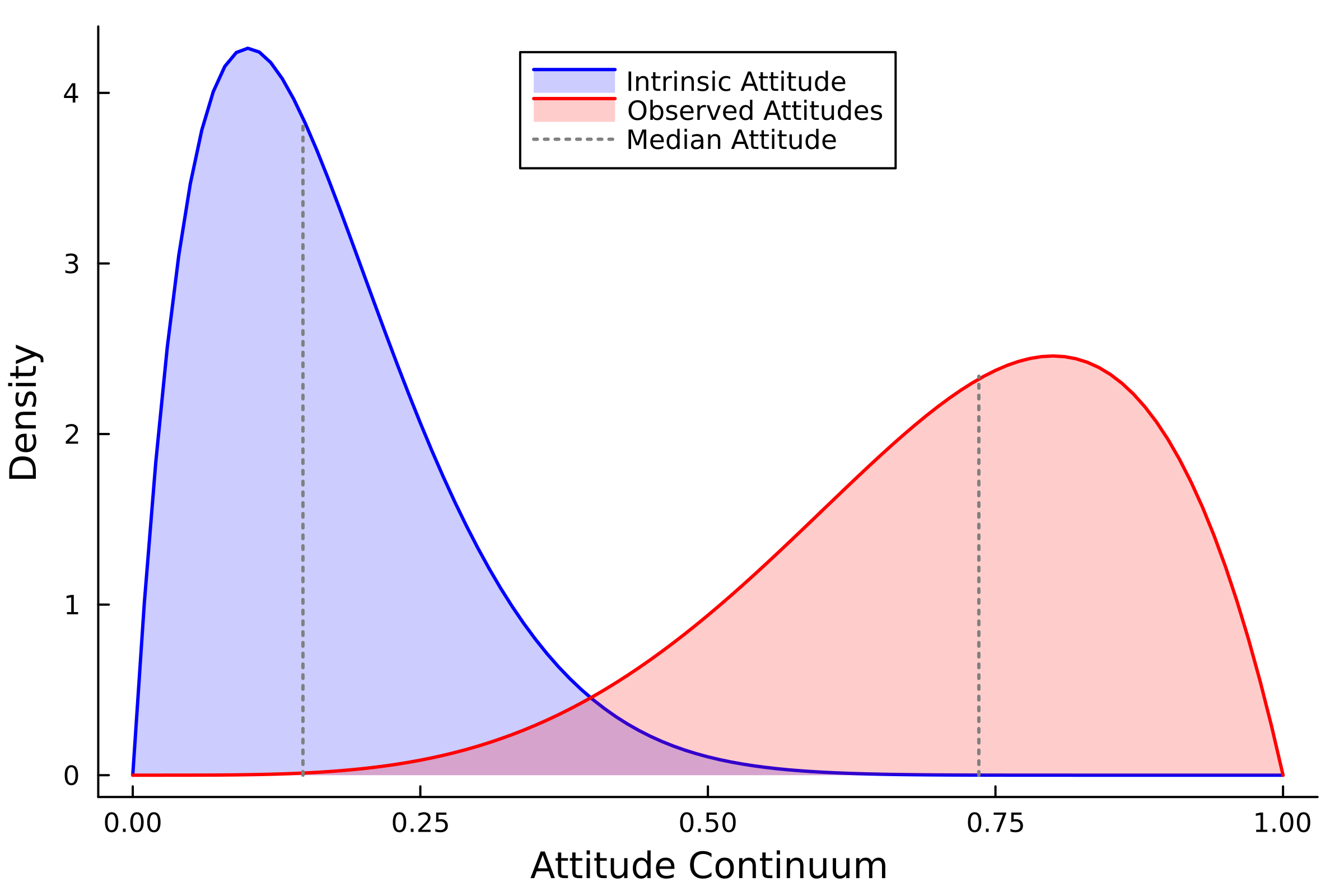
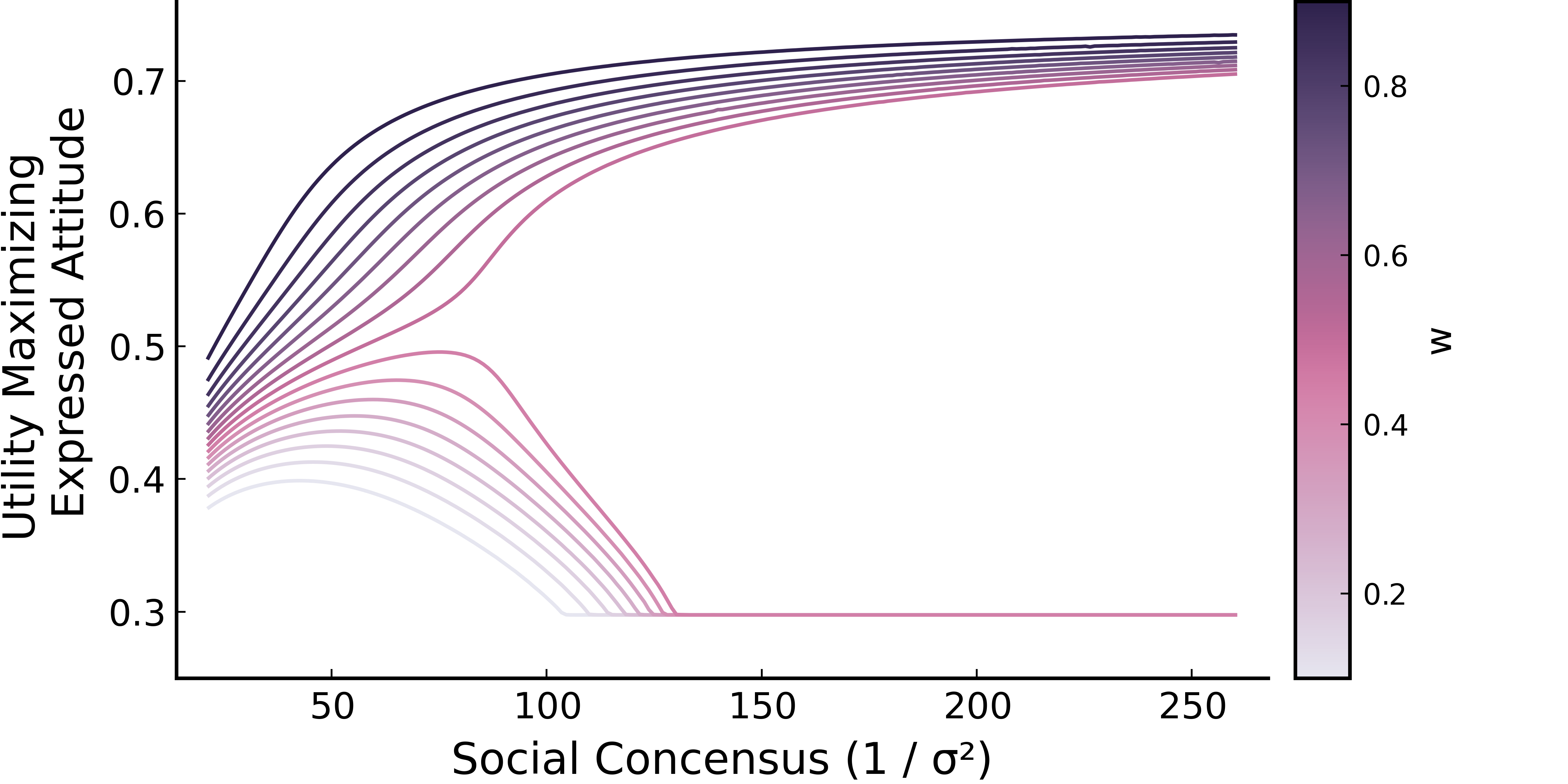
Relevant Work
- Fisher, C. & Curley, T. (June 2024). Integrating social sampling theory into ACT-R: a memory-based account of social judgment and influence. In T. C. Stewart (Ed.), Proceedings of the 22nd Annual Meeting of the International Conference on Cognitive Modeling (ICCM). 57–63.
- Curley, T. (Nov 2024). Understanding and combating misinformation spread: The role of individual differences, sociocognitive correlates, and artificial intelligence [Organizer, research symposium]. 65th Annual Meeting of the Psychonomic Society, New York, NY, United States.
Cognitive Psychology
Much of my graduate work – which I continue to study – investigated the nature of memory and awareness of one’s own memory abilities (metamemory), particularly for individuals that appear to have diminished cognitive functioning, i.e., older adults. Much of this work has examined metacognitive judgments, such as the feeling-of-knowing, and variables that can either improve (e.g., “distinctiveness” encoding) or hinder (e.g., interference during cued recall) jugment accuracy.
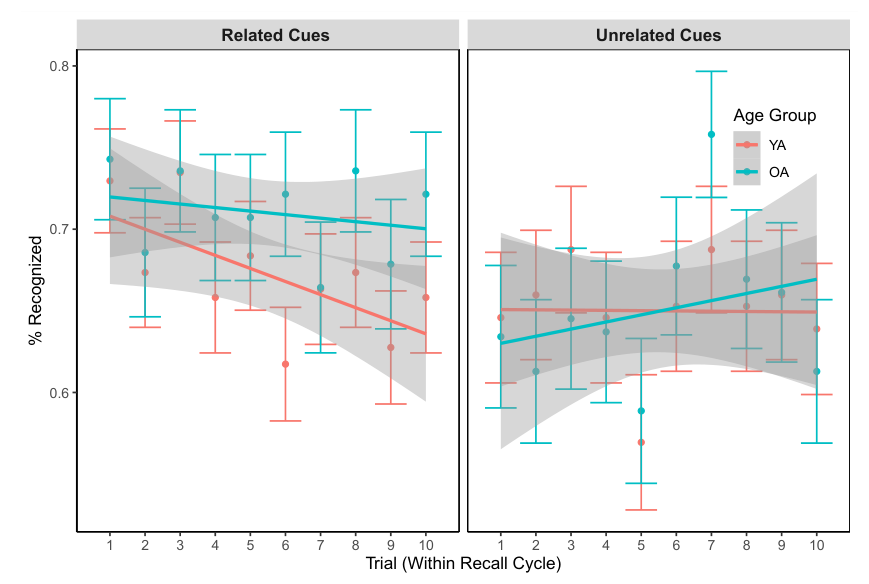
Relevant Work
- Hertzog, C., Curley, T., & Dunlosky, J. (2021). Are age differences in recognition-based retrieval monitoring an epiphenomenon of age differences in memory? Psychology & Aging, 36, 186–199. doi:10.1037/pag0000595.
- Toppino, T., Heslin, K., Curley, T. et al. (2021). Why do learners ignore expected feedback in mkaing metacognitive decisions about retrieval practice? Memory & Cognition, 49, 1–13. doi:10.3758/s13421-021-01171-4.
- Hertzog, C. & Curley, T. (2019). Metamemory and Cognitive Aging. Book chapter for The Oxford Research Encyclopedia of Psychology, Oxford University Press. doi:10.1093/acrefore/9780190236557.013.377.
- Curley, T. (November, 2022). Exploring the mechanisms of output interference during cued recall using metamemory judgments. Presentation at the Annual Meeting of the Psychonomic Society.